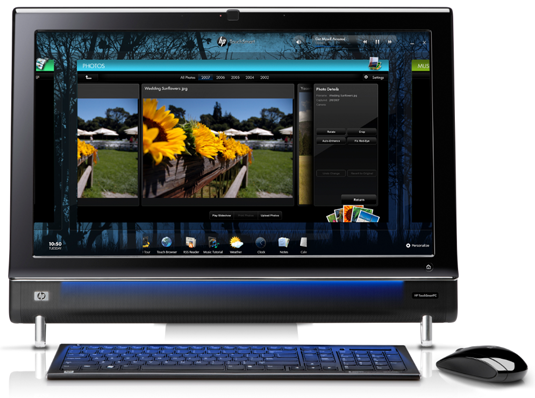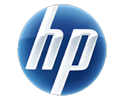 A couple of days ago, HP unveiled an array of new PCs. Now it’s announcing a couple of gadgets that aren’t PCs at all–or quite like anything else on the market. It’s calling them DreamScreens. And while I don’t think HP thinks of them this way, they strike me as upscale, next-generation photo frames that do a lot more than display photos.
A couple of days ago, HP unveiled an array of new PCs. Now it’s announcing a couple of gadgets that aren’t PCs at all–or quite like anything else on the market. It’s calling them DreamScreens. And while I don’t think HP thinks of them this way, they strike me as upscale, next-generation photo frames that do a lot more than display photos.
The DreamScreen 100 (with a 10.2″ display) and DreamScreen 130 (with a 13.3″ one) are designed to sit on a table like a photo frame. Both have direct wireless connections to the Internet, and can display photos shared on the Web (on HP’s Snapfish site), stream music (from Pandora and a service called HP SmartRadio), and show Facebook updates and weather reports. They can also grab music and video from their own 2gB of flash storage, from thumb drives and memory cards, and from PCs on your home network.
All of this reminds me a little of the weird and wonderful Chumby, but Chumby is a platform that third-party developers can write apps for. For now, DreamScreens only run the software that HP supplies for them–but when the company showed me DreamScreens recently, a representative told me that it might allow them to use additional apps in the future.
The DreamScreens are meant for fairly passive consumption of content; you control them with an infrared remote and with capacitive buttons that only light up when you need them, so the gadgets maintain a clean, streamlined look. (Looking at their slick on-screen interfaces, I’ll bet I’m not the only person who silently thought “Gee, it would be cool if these had touch screens.”)
The DreamScreen 100 is $249 and is available now; the 130 is $299 and will be available later in the Fall. We’ll have a review up soon. See photo below; gallery of more images here.
Are you at least provisionally intrigued by the idea?


 This is one for the “I Find This Rumor Extremely Hard to Believe” file: Michael Arrington of TechCrunch is reporting that a source has told him that HP has
This is one for the “I Find This Rumor Extremely Hard to Believe” file: Michael Arrington of TechCrunch is reporting that a source has told him that HP has 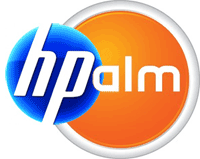 Wow. The
Wow. The 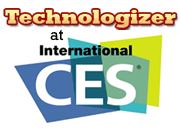 Spotted Wednesday evening at Digital Experience, an unofficial press event here in Las Vegas during CES week: an HP netbook with Google’s Android OS, a touchscreen, and a Qualcomm Snapdragon processor. It bears a familial resemblance to HP’s Mini netbooks, but has been rethought in multiple ways–for instance, it lacks the row of function keys that’s standard equipment on all Windows PCs and Macs.
Spotted Wednesday evening at Digital Experience, an unofficial press event here in Las Vegas during CES week: an HP netbook with Google’s Android OS, a touchscreen, and a Qualcomm Snapdragon processor. It bears a familial resemblance to HP’s Mini netbooks, but has been rethought in multiple ways–for instance, it lacks the row of function keys that’s standard equipment on all Windows PCs and Macs.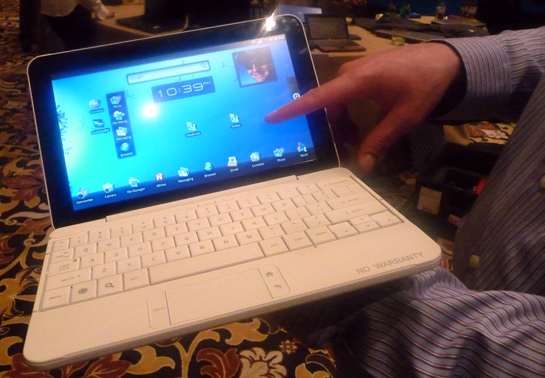
 A month ago, HP
A month ago, HP 